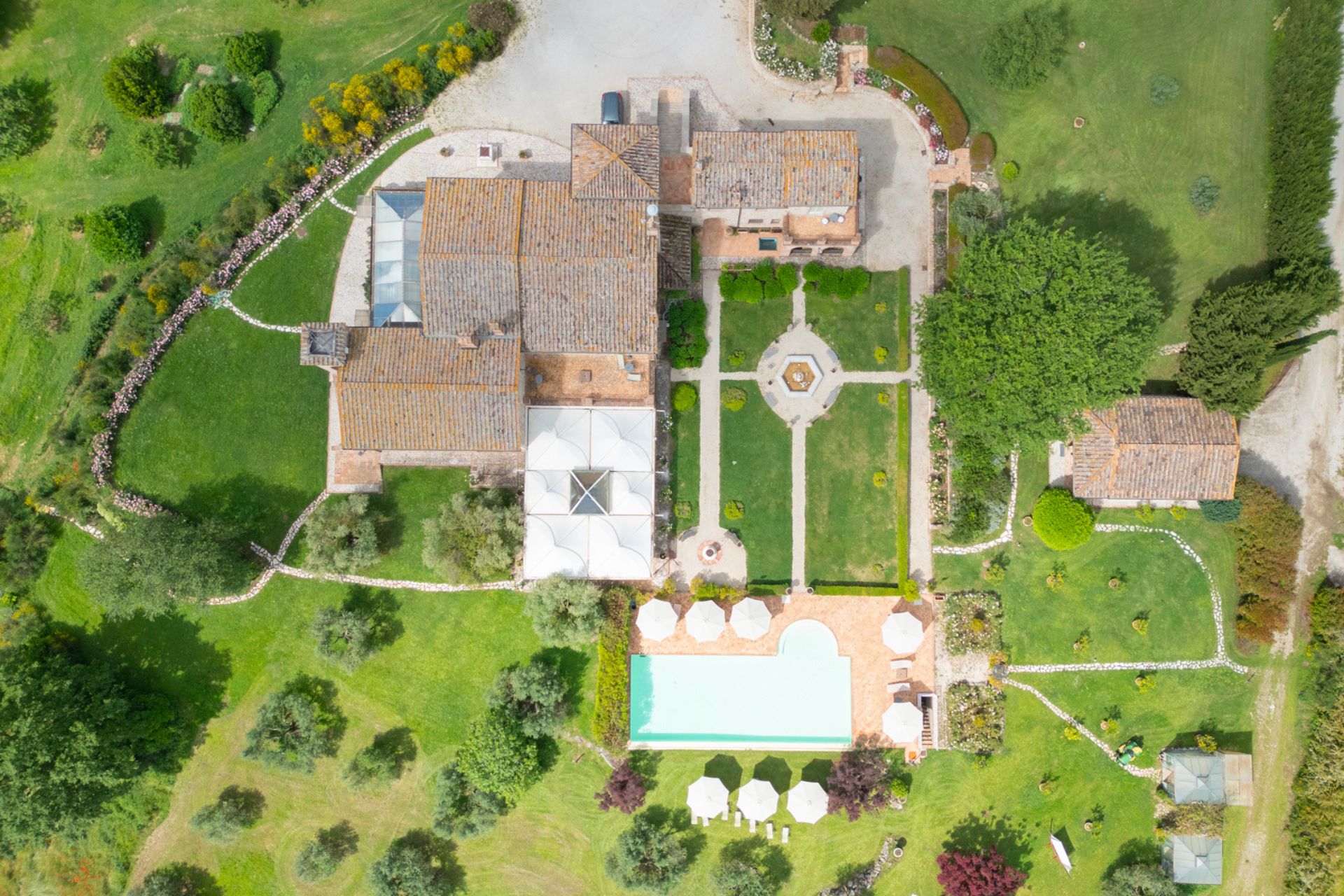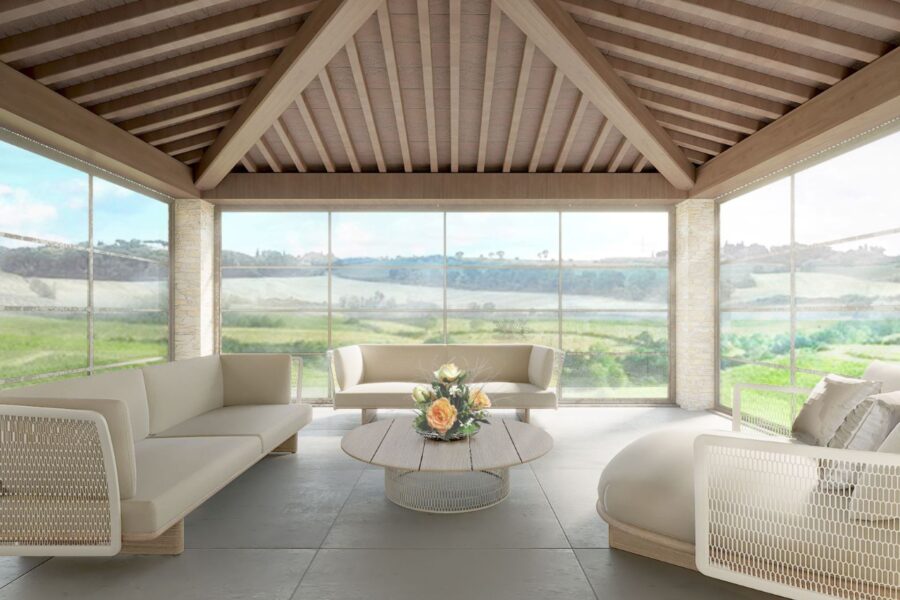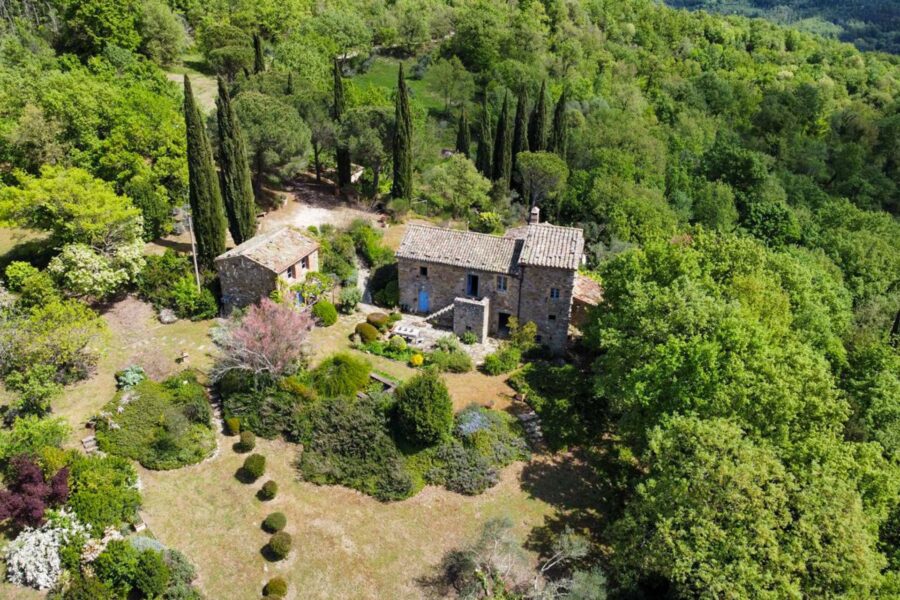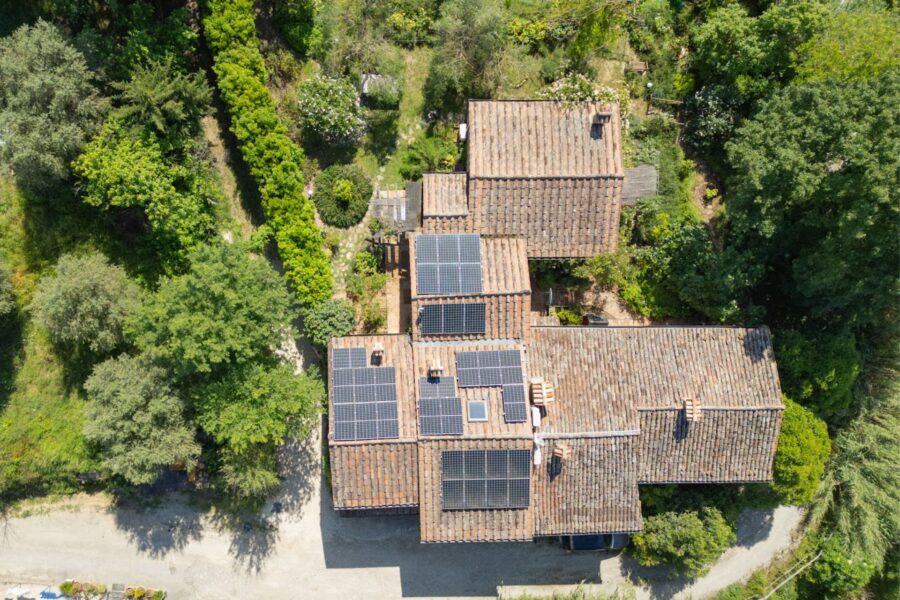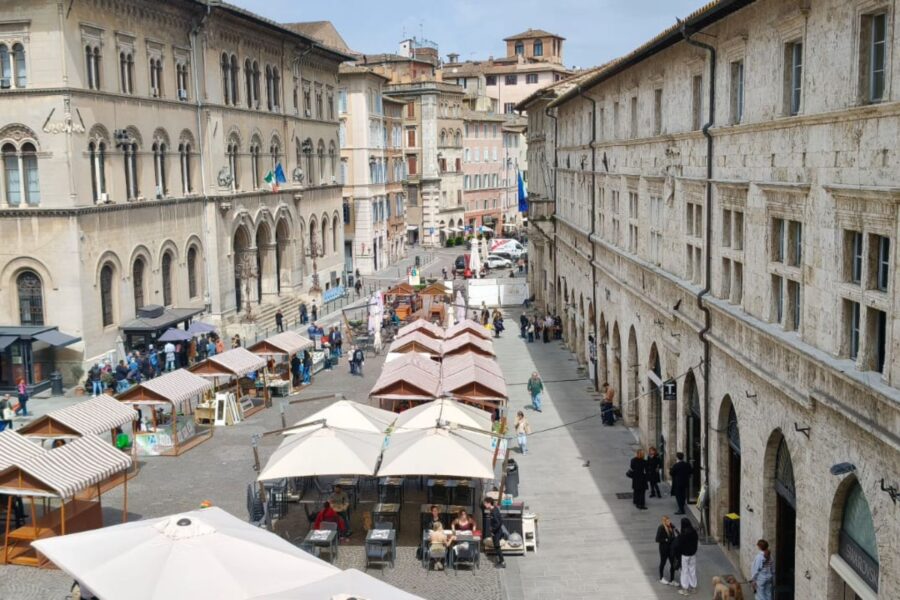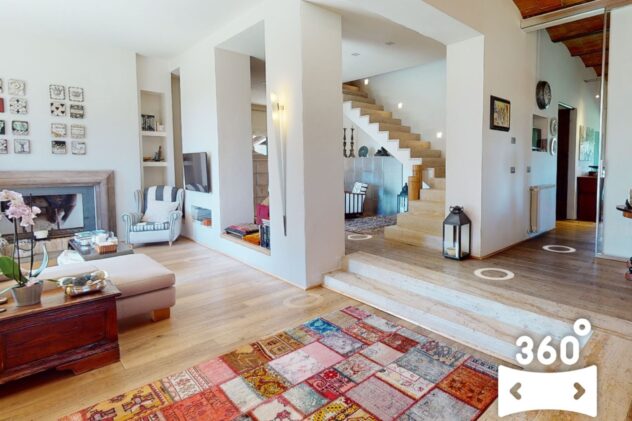A comprehensive guide to understanding the meaning of cadastral categories, their breakdown and the practical implications for property owners and buyers.
When talking about real estate, one of the fundamental aspects to consider is its cadastral classification. But what exactly are cadastral categories and why is it essential to know them?
WHAT ARE CADASTRAL CATEGORIES
Cadastral categories are an official classification of real estate in Italy, defined by the Land Registry and used to determine the intended use of a building. This subdivision makes it possible to establish the tax value of the property and, consequently, to calculate taxes and duties linked to its ownership and use.
WHY IT IS IMPORTANT TO KNOW CADASTRAL CATEGORIES
Knowing the cadastral category of a property is essential for several reasons:
- Tax calculation: house taxes (IMU, TASI, TARI) are calculated on the basis of cadastral category and cadastral income.
- Property purchases and sales: classification influences the market value of the property and its intended use.
- Intended use: determines whether the property can be used for residential, commercial or industrial purposes.
- Change of use: if you want to transform a property (e.g. from a dwelling to an office), you need to check compatibility with the cadastral category and obtain any authorisations.
WHAT THE CADASTRAL CATEGORY ENTAILS
The cadastral category directly affects various bureaucratic and tax aspects:
- Cadastral value: affects taxes such as IMU and registration taxes.
- Urban planning restrictions: some categories are subject to use restrictions or require special authorisations.
- Tax benefits: some properties may benefit from tax deductions or exemptions depending on the category they belong to.
THE MAIN CADASTRAL CATEGORIES
As a preliminary step, we can divide cadastral categories into four macro groups:
- Properties for Ordinary Use (Group A, B and C) includes residential property and offices;
- Special Purpose Properties (Group D) represent urban real estate;
- Properties for Special Purposes (Group E) includes real estate units consisting of factories and in general buildings constructed for special requirements of an industrial or commercial activity;
- Urban Entities (Group F) covers all courtyard areas, without buildings, that have a strong urban value.
Let us analyse in detail all the categories contained in Groups A, B and C belonging to buildings for ordinary use.
Group A – Dwellings and offices
- A/1 – Residences of a stately nature: these are usually medium-large properties located in prestigious areas, with complete installations and excellent finishes.
- A/2 – Civil dwellings: this includes most residential properties with medium-sized rooms and medium-level construction, technological characteristics and finishes.
- A/3 – Economy-type dwellings: these are small flats with sufficient finishing and completeness of installations to meet minimum requirements.
- A/4 – Folk-type dwellings: these are old dwellings with a simple level of finishing, poor equipment and not corresponding to current standards. Also included in this category are villas and cottages located in rural areas, isolated and with very small outbuildings.
- A/5 – Ultra-popular dwellings: this category has been cancelled, as it does not meet the mandatory standards. Dwellings already existing in the cadastral database, awaiting change, remain.
- A/6 – Rural-type dwellings: like the previous ones, they are currently outside the ordinary housing types because they do not meet the minimum indispensable standards for the use to which these categories refer.
- A/7 -Small villas ( Villini ): these are buildings, even if subdivided into several units, with typological and constructive characteristics typical of a villino, as well as technological and finishing aspects typical of a civil or economic building.
- A/8 – Villas: single-family dwellings characterised by the presence of large open spaces and often located in prestigious residential areas.
- A/9 – Castles and palaces of eminent historical and artistic value: includes eminent castles and palaces that generally constitute a single property unit, including state-owned castles.
- A/10 – Offices and private offices: covers all open-plan private offices, public schools, insurance agencies, professional workshops.
- A/11 – dwellings typical of places: these are dwellings and dwellings typical of certain places in particular, such as huts, chalets, trulli, shacks in earthquake areas, etc.
Group B – buildings for collective use
- B/1 – boarding schools, orphanages, hospices.
- B/2 – non-profit nursing homes and hospitals.
- B/3 – Prisons and reformatories.
- B/4 – Public offices.
- B/5 – Schools and science laboratories.
- B/6 – Libraries, picture galleries, museums, galleries, academies not located in buildings in category A/9; recreational clubs (when the recreational club is non-profit-making).
- B/7 – Chapels and oratories not intended for public worship. Category with a specific variant: if the private chapel is attached to a dwelling, this will not constitute a separate building unit and will therefore be counted as part of the building unit to which it belongs.
- B/8 – Underground warehouses for storing foodstuffs.
Group C – commercial buildings and appurtenances
- C/1 – commercial premises: premises used for the sale of goods, such as shops and shops
- C/2 – Storage and warehouse premises: premises for clearing, storage of goods and attics.
- C/3 – Arts and crafts workshops: these are premises where the activity of a ‘handicraft character’ is carried out.
- C/4 – premises and buildings for non-profit sporting activities: this covers all private facilities where sporting activities are practised.
- C/5 – non-profit spa and bathing establishments: private spas and bathing establishments belong to this category.
- C/6 – Non-profit garages, sheds, stables and stables: facilities such as garages, parking spaces or carports, but also stables and stables.
- C/7 – open or enclosed carports.
Group D – special-purpose buildings
- D/1 – factories: entire buildings, or sometimes portions of buildings, in which special activities such as the processing of raw materials into finished, saleable products are carried out. They are commonly identified as industrial establishments or factories. Bread ovens, cheese factories and mills of significant economic importance are also included in the same category.
- D/2 – Hotels and boarding houses, including inns, holiday villages, rest homes or boarding houses for the elderly.
- D/3 – Theatres, cinemas, halls for concerts, shows and the like, including arenas, discotheques, amusement parks, zoo parks and zoos.
- D/4 – Nursing homes and hospitals, polyclinics (when they are profit-making).
- D/5 – Credit, exchange and insurance institutions, such as bank and insurance agencies.
- D/6 – Buildings and premises for sports facilities: these are buildings intended for sports facilities without any building construction other than simple bleachers, e.g. football pitches and tennis courts. Also included in this category are bowling alleys, stadiums and swimming pools, as well as areas with sports facilities such as golf courses and riding stables.
- D/7 – Buildings constructed or adapted for the special needs of an industrial activity and not susceptible to different use without radical transformation. This also includes motorway and railway tollbooths, premises for storing equipment located along motorways, car wash facilities, waste disposal sites, water purification plants and milk plants.
- D/8 – Buildings constructed or adapted for the special needs of a commercial activity and not suitable for a different use without radical transformation; this category includes interports and port terminals, shopping centres and all buildings used for wholesale or retail trade.
- D/9 – Suspended or floating buildings secured to fixed points on the ground, private toll bridges: these are buildings and constructions that do not have their own ground.
- D/10 – Buildings for productive functions related to agricultural activities; includes buildings intended for agrotourism activities, buildings intended for land cultivation and forestry activities with attached office rooms dedicated to carrying out the activity. It also includes real estate used for animal husbandry and sheltering activities, and real estate used for the breeding of aquaculture products.
Group E – special-purpose buildings
- E/1 – Stations for land, sea and air transport services.
- E/2 – Municipal and provincial toll bridges.
- E/3 – Constructions and buildings for special public needs: newspaper kiosks, kiosks for bars and car refuelling, tram waiting rooms, etc. belong to this category.
- E/4 – Enclosed enclosures for special public needs.
- E/5 – Buildings constituting fortifications and their dependencies.
- E/6 – Lighthouses, traffic lights, towers to make the municipal clock public.
- E/7 – Buildings intended for the public use of worship: religious buildings such as cathedrals and churches in which religious services are held.
- E/8 – Constructions and buildings in cemeteries, excluding gravesites, columbaria and family tombs; these structures are exempt from the single municipal tax.
- E/9 – Special-purpose buildings not included in the previous categories in Group E.
Group F – Urban entities
- F/1 – Urban area; areas located on the ground floor of buildings listed as urban.
- F/2 – Co-operating units; unusable structures, for which no practicability is granted
- F/3 – Units in the course of construction.
- F/4 – Under construction: includes those properties for which neither the intended use nor the consistency has been established.
- F/5 – Sun terraces.
- F/6 – Building awaiting declaration.
- F/7 – Public communication network infrastructure.
In conclusion, cadastral categories are an essential element in the management of real estate, both for owners and buyers. Knowing the correct classification helps to avoid fiscal, administrative and urban planning problems.
Are you in doubt about the category of the property you want to sell or buy?
To proceed safely, you need the advice of a specialised technician. Great Estate, thanks to its Great Synergy partner network, puts qualified urban planning and building consultants at your disposal.
Great Synergy: the network of trusted companies and professionals to realise your real estate projects
In addition to the real estate brokerage services offered by Great Estate, thanks to Great Synergy you can get everything you may need to manage, income or customise your prestigious property.
The public content of this website is for informational purposes only and is not intended to be exhaustive, nor to provide legal or other professional advice, nor is it intended for commercial or customer relationship or transaction purposes.

